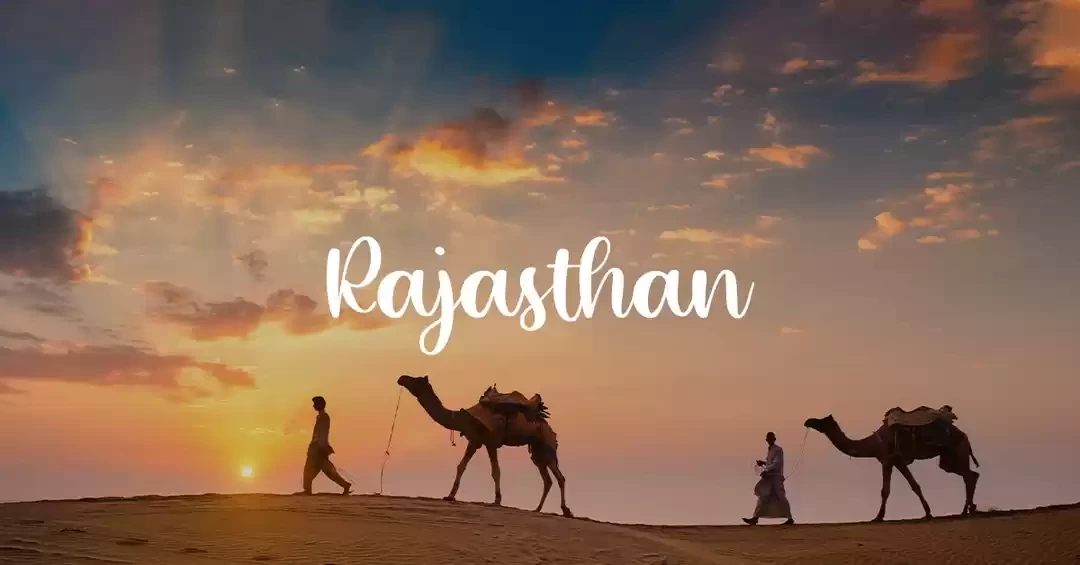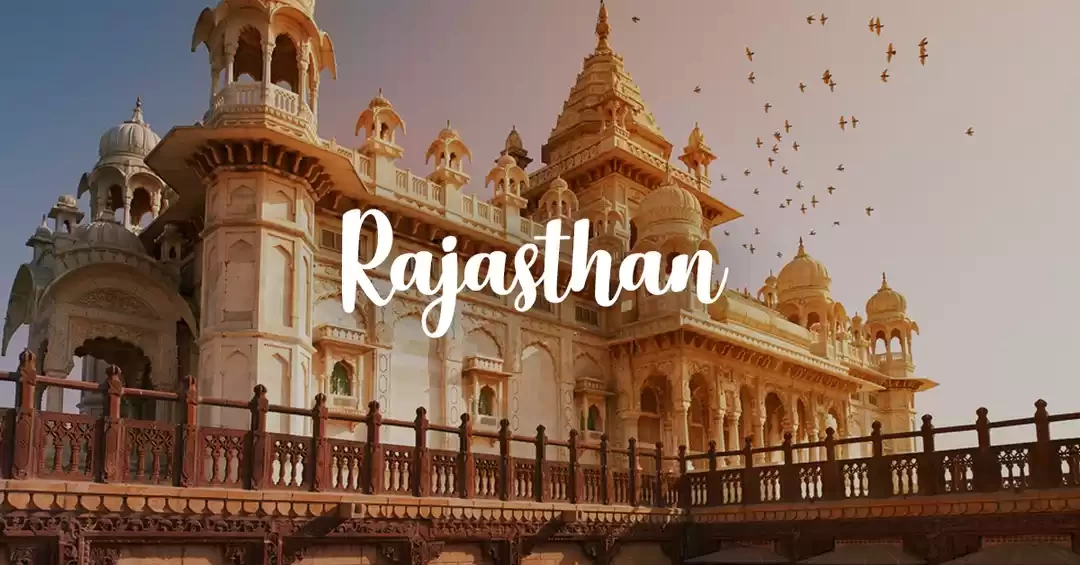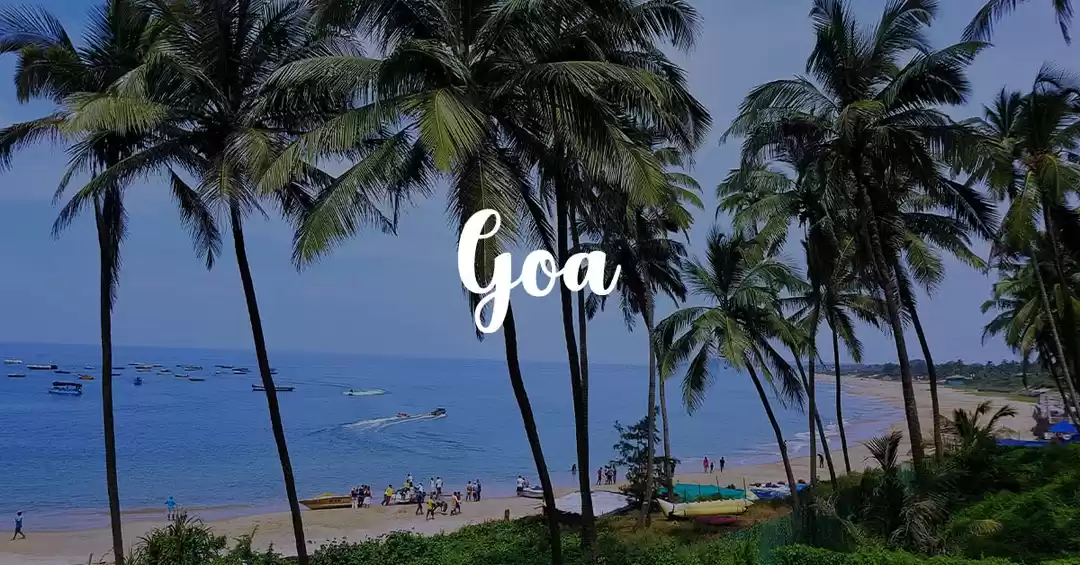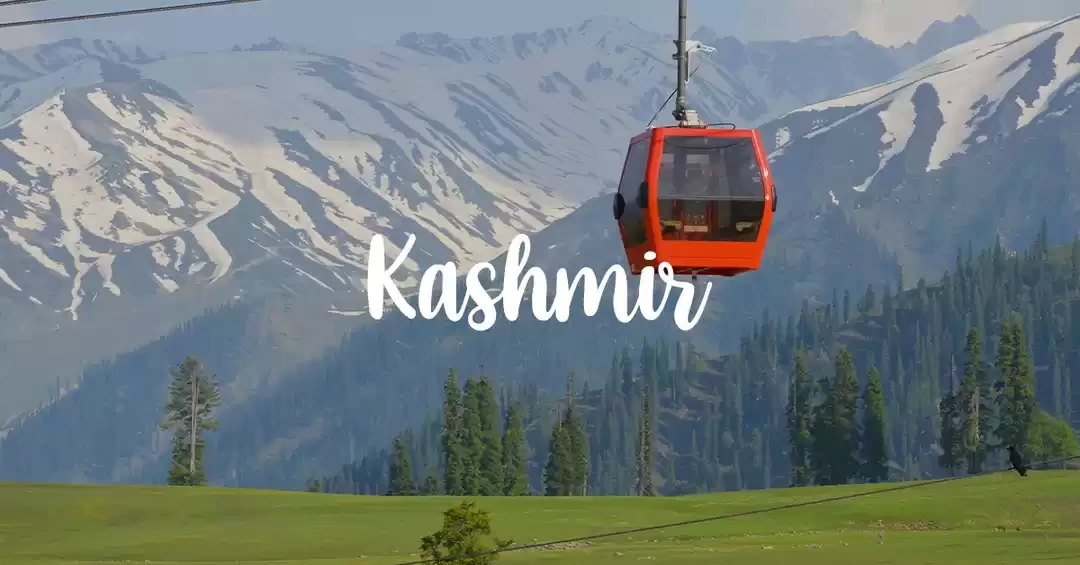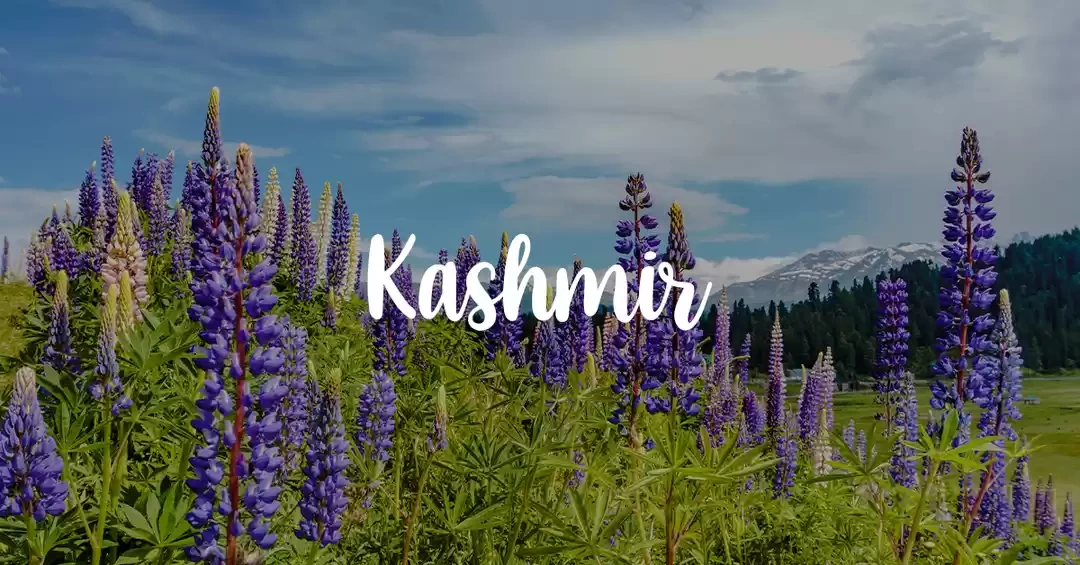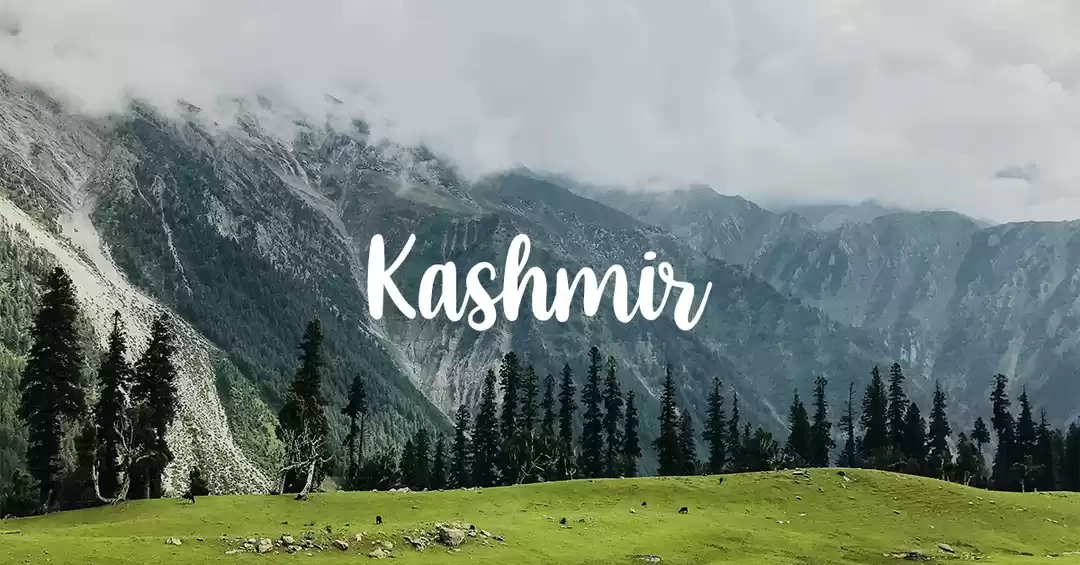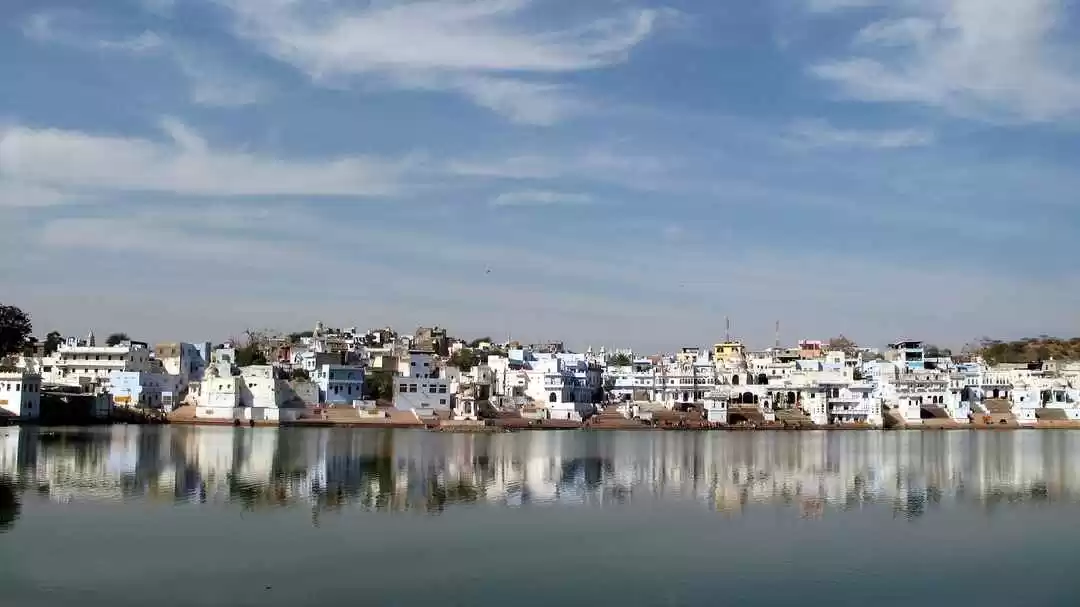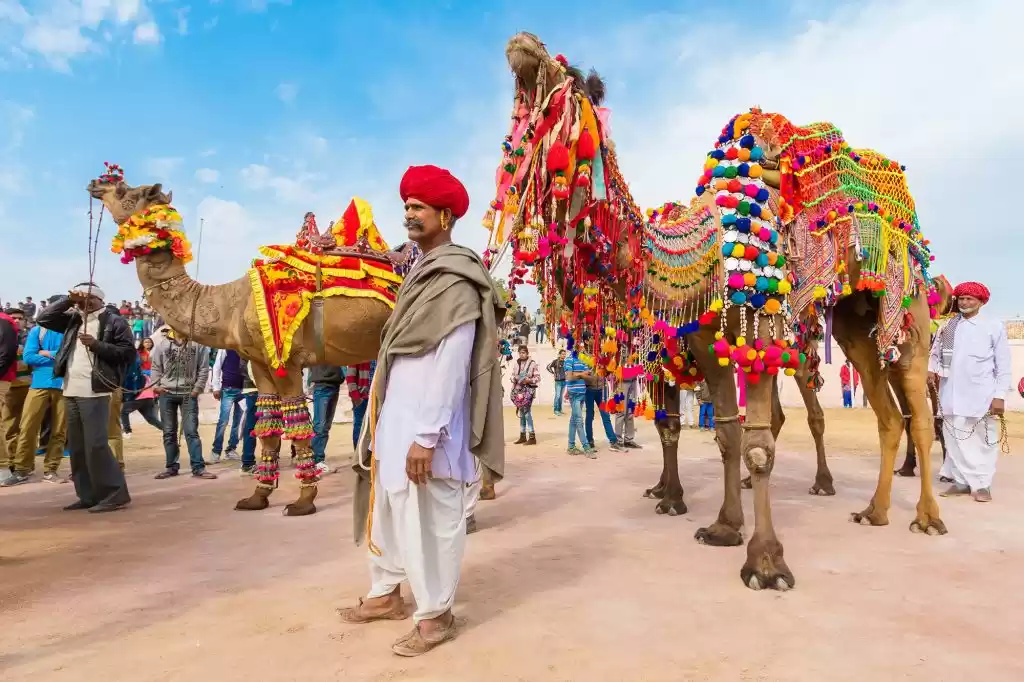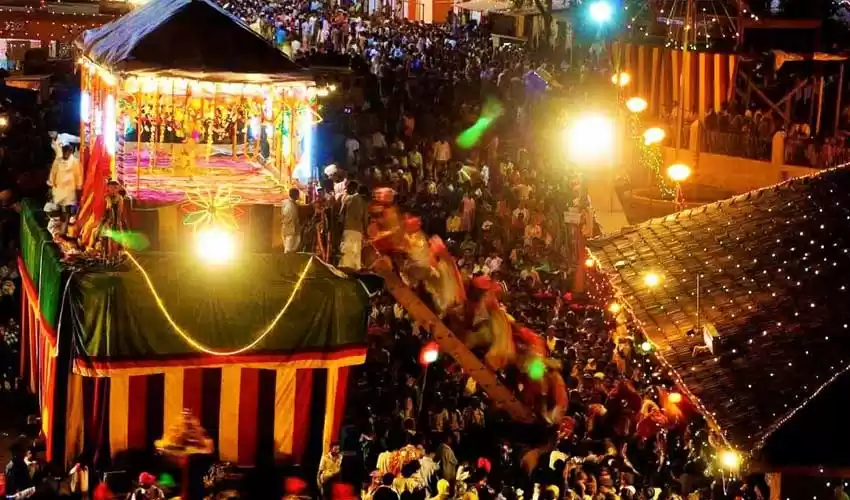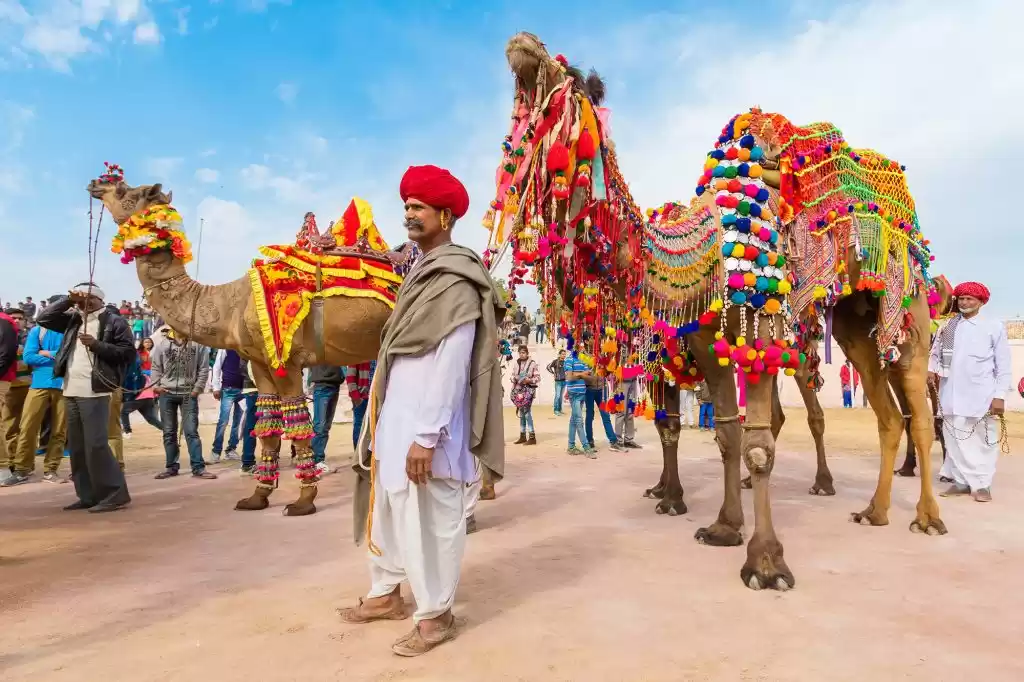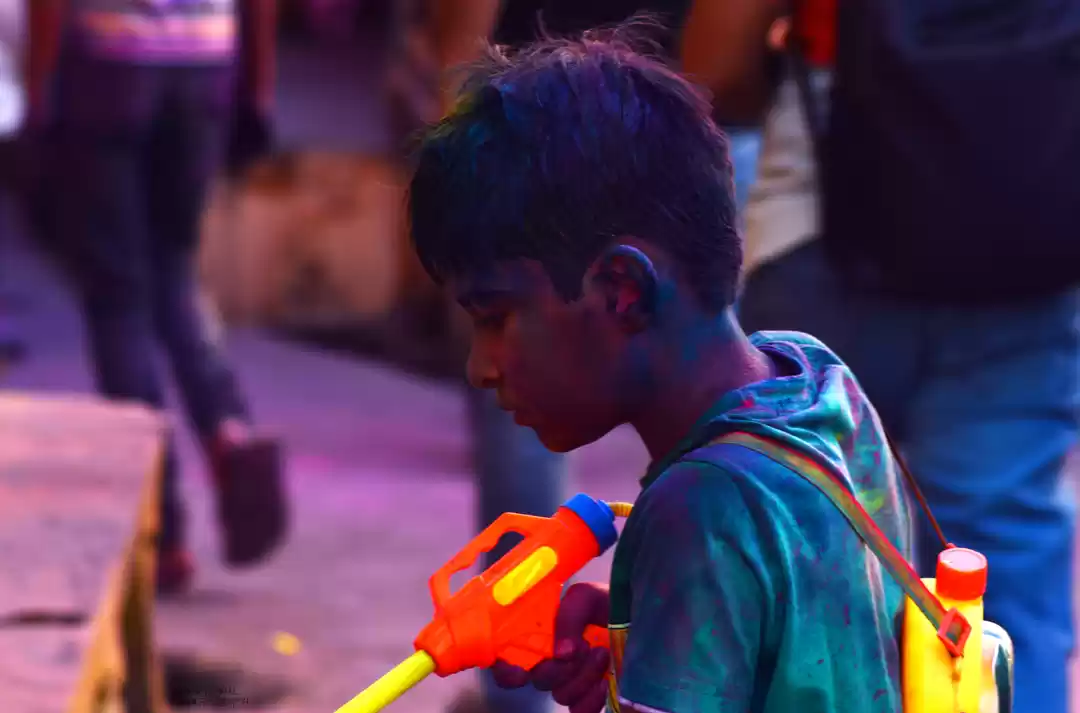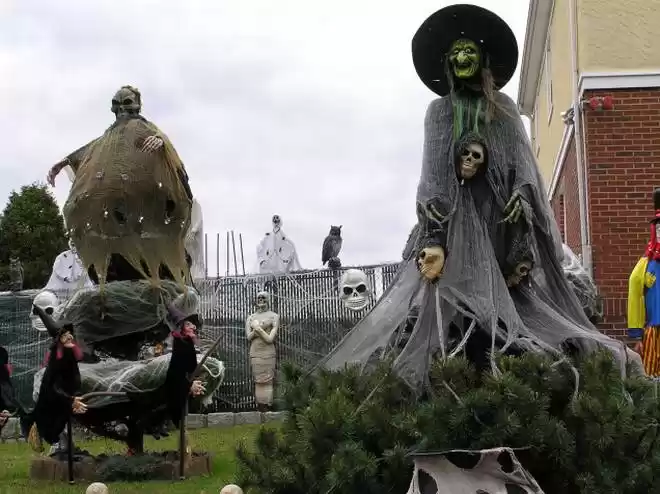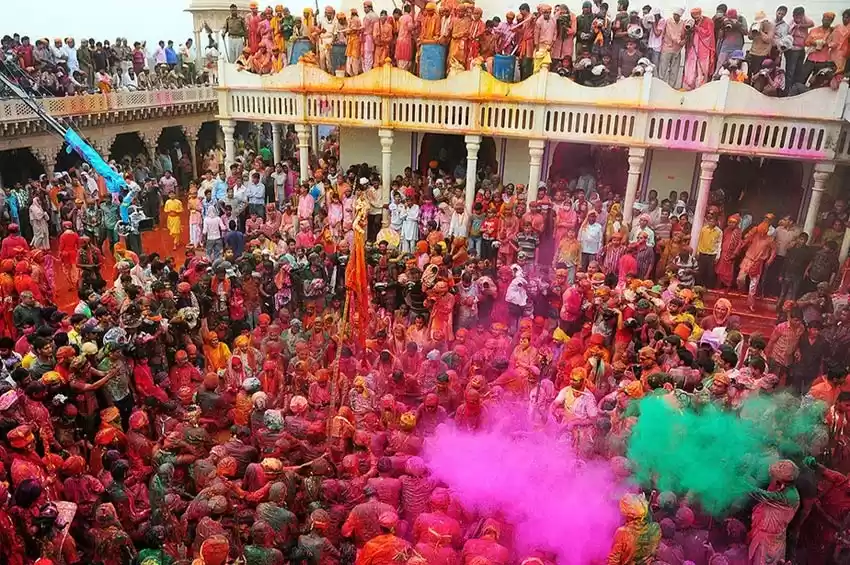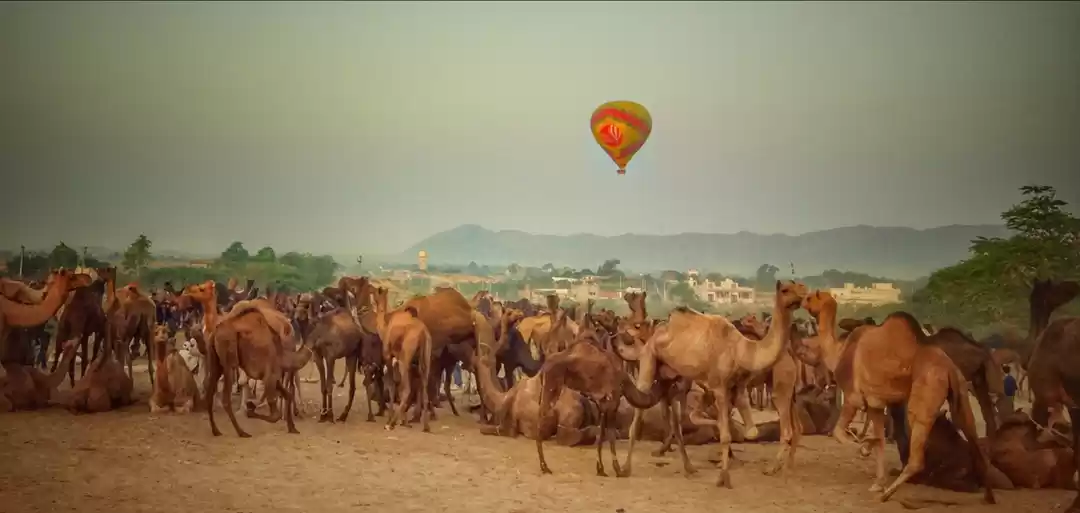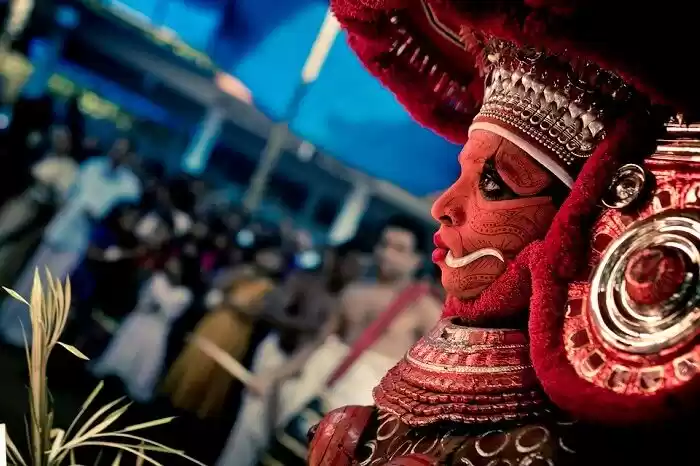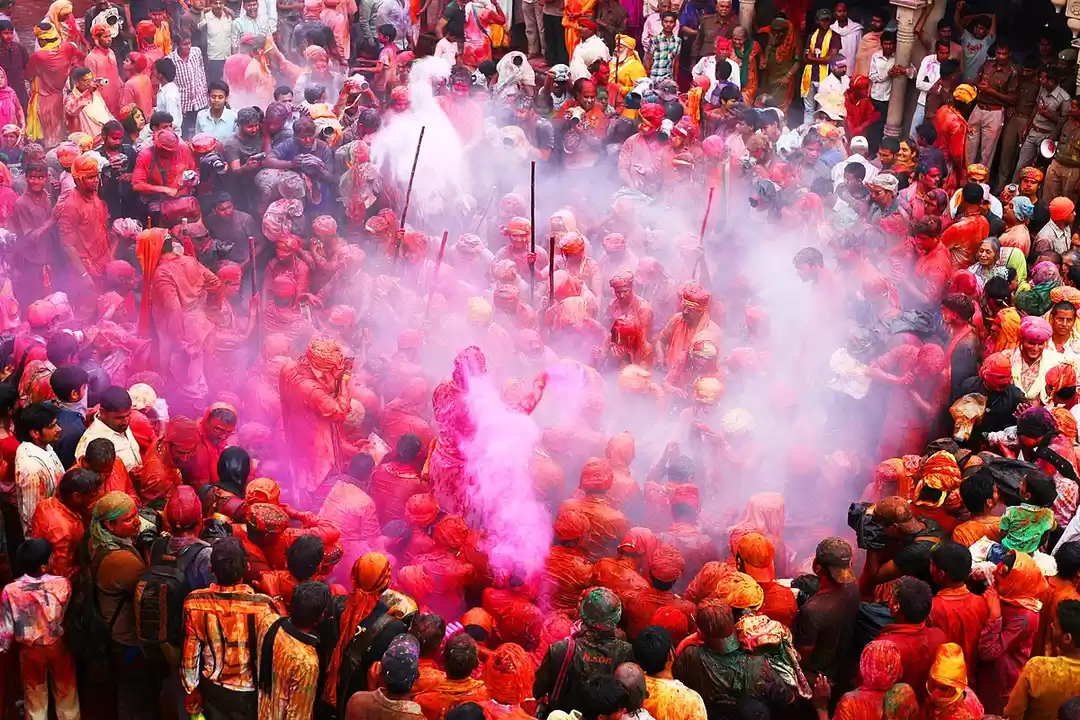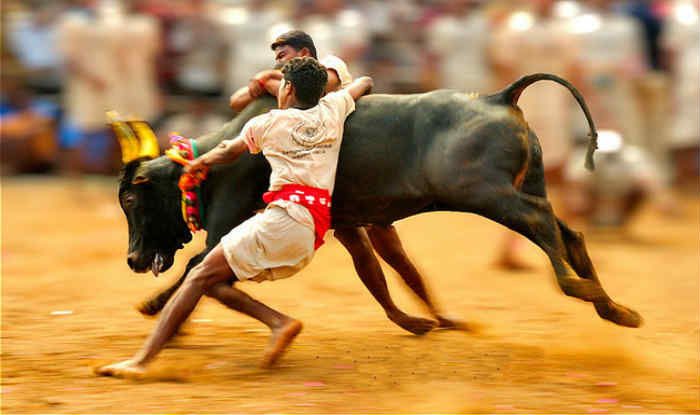
India isn't known far and wide as an exotic spot for nothing. Though you locate all of the trappings of contemporary life - fast net, subway railways, exceptional mobile connectivity, expressways, luxury hotels and much more - age-old rituals bordering about the horrible and incredible, are still practiced in some specific locations. Let us Look at 12 of the strangest ones:
Pushkar Fair:
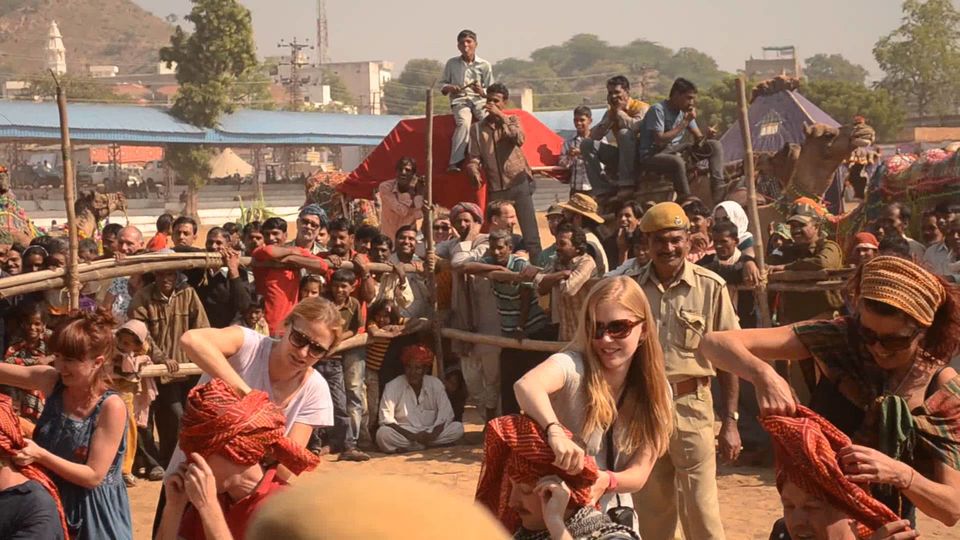
That is a cattle fair or Pushkar Mela held in Pushkar Rajasthan throughout the Kartik Poornima full moon in November, and the attention is naturally, on the Camel; to a lesser extent, you'll see sheep, goats, and cows.
It continues for 5 days, where you may observe camels shaved and decorated; they're paraded and entered in races, games and beauty competitions. Farmers and traders haggle and bargain, and trade livestock.
A plethora of musicians, dancers, acrobats, and magicians entertain people, that may also select up curious, clothes, footwear and other knick-knacks in the numerous stalls which are set up.
Bani Festival:

Celebrated in Andhra Pradesh in the Devaragattu Temple at Kurnool, this dreadful ritual entails devotees wielding sticks known as lathis at one another to commemorate Shiva murdering a demon.
Beginning late at night, it proceeds until daybreak, with lots of individuals saturated in blood. The temple priests state that this heritage is more than a hundred years old. Authorities and health care attendants are set up to find that nobody is hurt too badly.
Puli Kali:

Nothing harmful about this vibrant Tiger Dance. Performed in Kerala by educated artists around the fourth day of the Harvest festival Onam (August-September), this dancing brings thousands of people both from all around the state and nation in addition to overseas.
The performers wear masks and game vibrant body paint to resemble tigers and leopards and dancing to conventional rhythmic drumming.
Theemithi:

This ritual practiced in Tamil Nadu entails walking on fire yes, you read it correctly. Section of a large ceremony that goes on for more than two weeks, theemithi commemorates Draupadi's walking onto a bed of passion after the Fantastic battle of Kurukshetra;
It's said she emerged in the fire and refreshed. The devout believe that about doing so, their wishes will be given by the Goddess.
Jallikattu:

At the eye of a storm today, this is a conventional farmer's game where bulls (reared specially for its purpose) have their horns sharpened, in which a decoration is frequently attached.
Young guys try to catch the prize or tame the bull by riding it. The bull isn't killed following the jelqing; in actuality, more guys than bulls are hurt in the process, since they aren't allowed weapons. The game was prohibited in 2014 but remains carried out in rural regions of Tamil Nadu.
Aghoris:

Located in the sacred city of Varanasi and in parts of Uttarakhand, the Aghori sadhus are a terrifying sight, using their long matted hair and (frequently)nude bodies coated in ash.
They indulge in shocking rituals such as eating human remains before or after they're cremated, and having sexual intercourse with corpses. A lot of people flock to obtain their blessings since it's thought they have therapeutic powers.
Govardhan Puja:

The day following Diwali, Ekadashi has put aside with this bizarre ritual in Bhiwdawad village in Maharashtra. Cattle are bathed and decorated with flowers, colored powder, and henna, and therefore are made to walk individuals lying on the floor.
People today feel that by letting the cows trample them, they could appease the Gods into granting their prayers; mind you, they quickly for 5 days prior to the ritual!
Aoleang Monyu Festival:

This festival is celebrated in Nagaland from the erstwhile dreaded 'headhunters', the Konyaks. This vibrant spring festival is held together with all the hopes that the soul Wangwan is going to be happy and give them a bountiful harvest.
The people today represent the soul by erecting a bamboo with branches, and tender hands leave dangling at front. They commend the soul and invoke its soul. It lasts 6 months, bringing people from all of North Eastern India.
You are able to observe the folks dressed in vibrant and appealing traditional outfits; they perform dances to folk tunes, and possess a royal feast, with a vast array of cultural cuisine. Rice beer is prepared beforehand for the big day and swallowed in massive amounts. All those 6 times has its own particular importance.
1 evening is for weaving conventional cloth, making rice beer and collecting vegetables and wood; a poultry is forfeited, as well as the long run is predicted, depending on the form of its own intestines! Young boys have been trained to search on days 3 and 2, together with the rest of the days watching boisterous festivities with a great deal of beer, native sports and games, dancing, and music.
Kila Raipur Rural Olympics:

This does not have a spiritual importance but is a festival held with fantastic zeal, and appreciated by tens of thousands. National and overseas visitors throng this odd sports contest in Punjab's Raipur district.
Included include: races of bullock carts, horse carts, and mule carts, shot put, tug-of-war, conventional Indian game Kabaddi, tractor race, long and high jumps, mid-distance racing.
Daredevil stunts are performed on bicycles and horses, and strongmen try to pull tractors and at times trucks, with their own hair, teeth, and -- you might not think this -- their ears! Evenings are reserved for dancing and songs -- both hearty and unkind, and totally enjoyable.
Thaipoosam:

Faith makes people do strange things really. At a festival which honors Kartikeya (son of Shiva and Parvati) from the month of Thai, devotees pierce their tongues and lips, along with different parts of the body with hooks, lances, and skewers.
Some even attempt to pull heavy items while consequently pierced. Incessant chanting and drumming accompany the devotees who allegedly enter a trance -- it is an eerily intriguing sight.
Nag Panchami:

Festival of the Snake: It is possibly the most stereotypical picture many westerners have of India: A cobra with its hood spread and individuals around it!
The fifth day of the Hindu month of Shravan is celebrated as the festival of the snake; defanged reside cobras are worshipped. Turmeric and vermillion and blossom petals are sprinkled them on, and they're fed milk from devotees.
Marrying Animals for Exorcism:

Yes, that inexplicable ritual nevertheless continues now -- allegedly to exorcise the spirits of (mostly) young women. A marriage ceremony is performed when a woman is thought to be owned (generally if she's any deformity); the groom is generally a goat or dog.
You can explore the complete list of rituals and festivals of India and different India Tour Packages.
Get in touch with us today. Simply inform us of your budget, once you'd love to travel and what you want to view, and we'll get back to you with an itinerary.
As winter fizzles out enfolding its long drapes of snowfall, the valley of Ladakh is filled with a refreshing zeal to celebrate their grandest fiesta called ‘Hemis festival’. The majestic mountains, rolling hills, barren landscapes, and rugged terrain start sparkling gorgeously in the colors of festivity.





